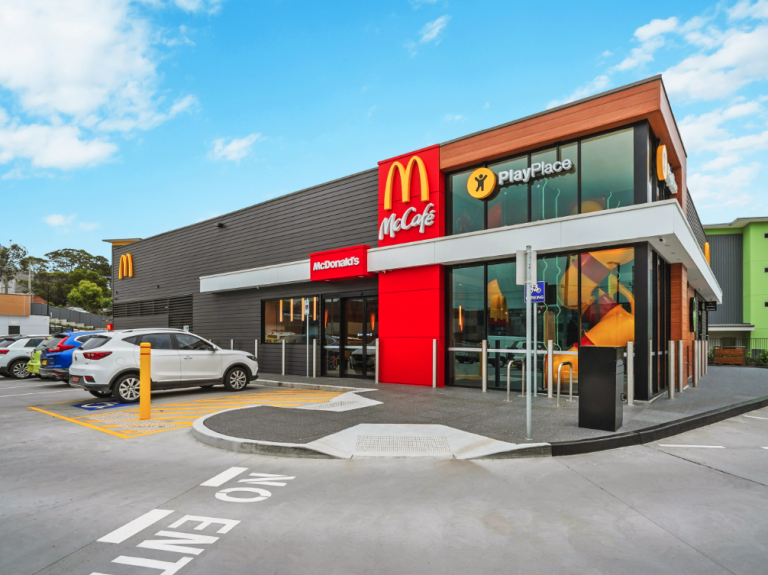How to calculate stamp duty when buying a commercial property

Like filling your car with fuel before a long trip, stamp duty is a necessary evil when you buy a commercial property. It’s an annoying, expensive requirement that can’t be avoided.
The amount you pay is calculated on a sliding scale, generally from 1% to 6% of the purchase price, although it can be higher.
Your total stamp duty bill will depend on where the property is located – each state and territory sets its own rate – and any concessions you may be eligible for. It’s important to understand it when looking at commercial property to buy.
What is stamp duty?
Stamp duty is a tax payable to the relevant state or territory when you purchase or acquire an interest in a commercial property. In fact, it’s one of the main sources of government revenue.
Stamp duty is generally payable at the time of purchase, or very soon after. Your conveyancer or legal adviser can do the paperwork for you.
How much is stamp duty?
There are a lot of factors that are taken into account when determining how much stamp duty you will need to pay. These include:
- The rate set by the relevant state or territory;
- The ‘dutiable’ value of the property – the price you paid or market value, whichever is higher;
- The intended use of the property;
- If you are a foreign purchaser;
- If the property is also your principal place of residence;
- Any exemptions or concessions you may be eligible for.

Stamp duty is payable when you purchase or acquire an interest in a property.
Is stamp duty always payable when buying a commercial property?
The short answer is yes, says Meldon D’Cruz, principal at Melbourne firm Cruz Legal.
Whenever you purchase or acquire an interest in a commercial property you will be liable for stamp duty, D’Cruz says. You may also need to pay duty in other circumstances, such as if you lease a property, receive it as a gift or through a trust.
How is stamp duty calculated?
The rate of commercial property stamp duty is set by each state and territory.
With the exception of the Northern Territory, which has a complex formula, each uses a sliding scale with the rate increasing proportionally based on different thresholds on top of a “lump sum” in each value range.
For instance, in Victoria, where D’Cruz is based, stamp duty on a property between$130,001 and $960,000 will cost $2870 plus 6% of the value above $130,000.
In NSW, stamp duty on a property between $300,001 and $1 million, will cost $8990 plus 4.5% of the value over $300,000.
For commercial properties, you may also need to pay duty on fixtures, goods, plant and equipment.
There are many online calculators that you can use to get a good idea of what you may have to pay.
Is there any way to avoid paying stamp duty?
While stamp dutyis part and parcel with any property purchase, there are a range of concessions and exemptions available.
For instance, the Victorian government is offering a concession on duty if you purchase a commercial property in a regional area.
D’Cruz advises talking to a lawyer or conveyancer who will know what discounts may be available for your specific circumstances, and get advice on how best to structure your acquisition to reduce the stamp dutyyou will need to pay.
For more information on stamp dutyrates and available concessions, visit the relevant website for your state or territory.







